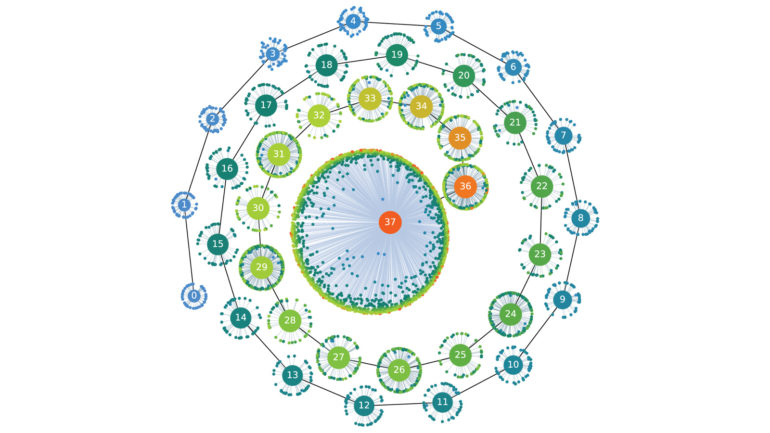Materials by design: Argonne researchers use genetic algorithms for better superconductors.
Owners of thoroughbred stallions carefully breed prizewinning horses over generations to eke out fractions of a second in million-dollar races. Materials scientists have taken a page from that playbook, turning to the power of evolution and artificial selection to develop superconductors that can transmit electric current as efficiently as possible.
Perhaps counterintuitively, most applied superconductors can operate at high magnetic fields because they contain defects. The number, size, shape and position of the defects within a superconductor work together to enhance the electric current carrying capacity in the presence of a magnetic field. Too many defects, however, can lead to blocking the electric current pathway or a breakdown of the superconducting material, so scientists need to be selective in how they incorporate defects into a material.
When people think of targeted evolution, they might think of people who breed dogs or horses. Ours is an example of materials by design, where the computer learns from prior generations the best possible arrangement of defects. — Argonne materials scientist Andreas Glatz.
In a new study from the U.S. Department of Energy’s (DOEArgonne National Laboratory, researchers used the power of artificial intelligence and high-performance supercomputers to introduce and assess the impact of different configurations of defects on the performance of a superconductor.
The researchers developed a computer algorithm that treated each defect like a biological gene. Different combinations of defects yielded superconductors able to carry…
